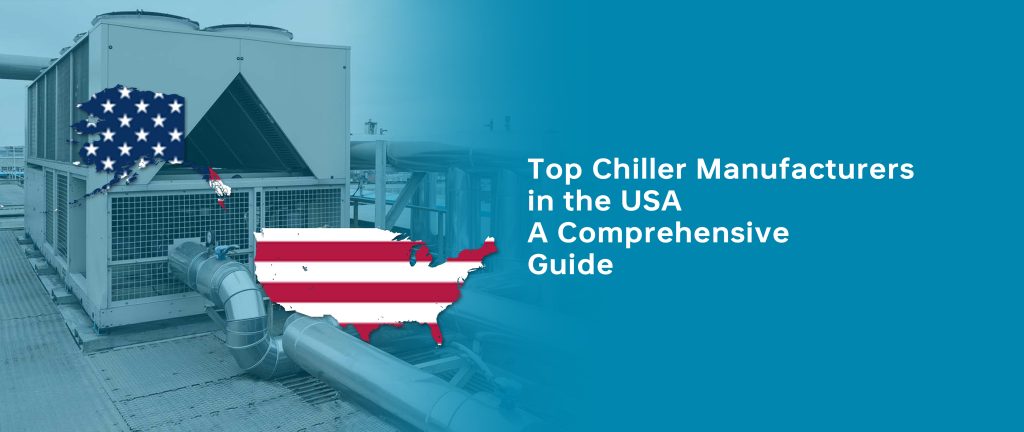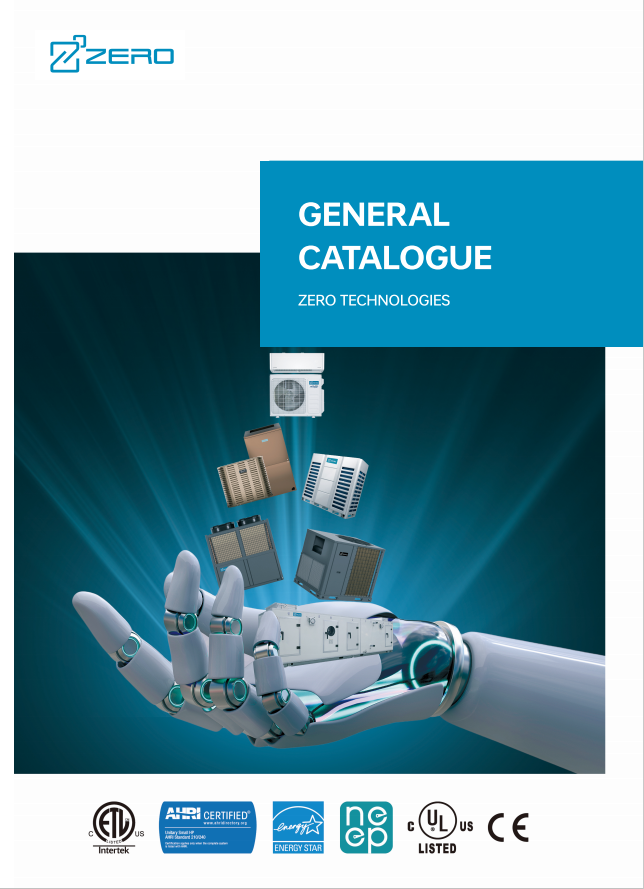What is HVAC?
HVAC stands for Heating, Ventilation, and Air Conditioning. It’s the technology used to control the temperature, humidity, and air quality in buildings. It’s essential for comfort and often for health and safety.
Key Components & Systems
Let’s break down the main components and types of HVAC systems:
1. Heating Systems:
- Furnaces: The most common type of heating system, especially in colder climates.
- Fuel Sources: They typically burn natural gas, propane, or oil to generate heat. Some also use electricity (electric furnaces).
Components:
- Burner:Where the fuel is ignited.
- Heat Exchanger:Transfers heat from the burning fuel to the air.
- Blower Motor/Fan:Circulates the heated air through the ductwork.
- Control System:Regulates the operation of the furnace, including the thermostat.Boilers: Use hot water or steam to heat a building.
- Fuel Sources: Similar to furnaces (natural gas, propane, oil, electricity).
- Heat Distribution:The hot water or steam is circulated through pipes to radiators or radiant floor systems.
- Heat Pumps:A more energy-efficient option for both heating and cooling.
- Operation:They transfer heat from one location to another. In winter, they extract heat from the outside air (even when it’s cold) and bring it inside. In summer, they do the reverse, removing heat from inside and expelling it outside.
- Types:Air-source heat pumps are most common, but there are also ground-source (geothermal) heat pumps that use the earth’s stable temperature for greater efficiency.
Electric Resistance Heating:Uses electric coils to generate heat. Common in space heaters, baseboard heaters, and some furnaces. Less efficient than furnaces or heat pumps.
2. Cooling Systems:
- Air Conditioners (AC):The most common cooling system.
- Operation: They use a refrigerant (a special fluid) to absorb heat from inside the building and release it outside. This process is based on the principles of thermodynamics (changing state from liquid to gas).
Components:
- Compressor:Compresses the refrigerant, increasing its temperature and pressure.
- Condenser Coil: Releases heat from the refrigerant to the outside air.
- Expansion Valve: Reduces the pressure of the refrigerant, causing it to cool down.
- Evaporator Coil: Absorbs heat from the indoor air, cooling it.
- Blower Motor/Fan:Circulates the cooled air through the ductwork.
- Heat Pumps (cooling mode):As mentioned above, heat pumps can also cool by reversing the process described above.
- Evaporative Coolers (Swamp Coolers): Common in dry climates. They cool air by evaporating water, which absorbs heat.
3. Ventilation Systems:
- Purpose:To bring fresh outdoor air into a building and remove stale indoor air, along with pollutants, odors, and excess moisture.
Types: - Natural Ventilation:Relies on natural air movement through windows, doors, and vents (often passive).
- Mechanical Ventilation: Uses fans to circulate air.
- Exhaust Fans: Remove air from a specific area (e.g., bathroom fans).
- Supply Fans:Bring fresh air into a building.
- Balanced Ventilation Systems:Supply and exhaust air in equal amounts to maintain air pressure.
- Energy Recovery Ventilators (ERVs) and Heat Recovery Ventilators (HRVs):These systems recover heat or coolth from the exhaust air to pre-condition the incoming fresh air, making them more energy-efficient.
4. Ductwork:
- Purpose:The network of metal or flexible tubes that distributes the conditioned air (heated, cooled, and/or ventilated) throughout the building.
- Importance:Properly designed and installed ductwork is critical for efficient HVAC operation. Leaks in the ductwork can significantly reduce efficiency.
5. Thermostats:
- Purpose:The control center for your HVAC system. They allow you to set the desired temperature and control the on/off cycles of the heating and cooling systems.
Types: - Manual Thermostats: Simple dial-based thermostats.
- Programmable Thermostats:Allow you to set different temperatures for different times of the day and days of the week, for energy savings.
- Smart Thermostats:Connect to Wi-Fi, allowing remote control via a smartphone or tablet. They often learn your habits and can optimize your HVAC system for energy efficiency.
How HVAC Systems Work (Simplified)
- Heating:The fuel source (gas, oil, or electricity) provides the energy to heat air or water. The heated air or water is then distributed throughout the building.
- Cooling:Refrigerant absorbs heat from the indoor air. The heat is then released outside.
- Ventilation: Fans bring in fresh air and exhaust stale air.
Efficiency & Energy Conservation
SEER (Seasonal Energy Efficiency Ratio):
- Used to rate the efficiency of air conditioners and heat pumps. A higher SEER rating indicates a more efficient unit.
- HSPF (Heating Seasonal Performance Factor):Used to rate the efficiency of heat pumps in heating mode. A higher HSPF rating indicates a more efficient unit.
- (Annual Fuel Utilization Efficiency):Used to rate the efficiency of furnaces. A higher AFUE rating indicates a more efficient unit.
Energy-Saving Tips:
- Regular Maintenance: Change air filters regularly, schedule professional tune-ups, and clean coils.
- Proper Insulation:Good insulation reduces heat loss in winter and heat gain in summer.
- Seal Leaks:Seal any air leaks around windows, doors, and other openings.
- Use a Programmable or Smart Thermostat: Automate temperature adjustments to save energy.
- Consider Zoning: Divide your home into zones with different temperature settings for greater control.
Common Problems & Maintenance
- Poor Airflow:Dirty air filters, blocked vents, or duct leaks can reduce airflow.
- Refrigerant Leaks (AC): Can cause the AC to stop cooling effectively.
- Pilot Light Issues (Furnace): A pilot light that won’t stay lit can prevent the furnace from starting. (Many modern furnaces use electronic ignition instead of pilot lights).
- Strange Noises: Rattling, hissing, or banging noises can indicate a problem.
- Preventative Maintenance:
- Change Air Filters: Every 1-3 months, depending on the filter type and your home’s environment.
- Clean Coils:Have a professional clean the evaporator and condenser coils annually.
- Annual Tune-Ups: Schedule a professional inspection and tune-up for your heating and cooling systems.
- Check Ductwork: Look for any visible leaks or damage in the ductwork.
Safety
- Carbon Monoxide (CO) Detectors: Essential, especially for homes with gas-burning appliances. CO is a poisonous, odorless, and colorless gas.
- Smoke Detectors: Install and maintain smoke detectors throughout your home.
- Professional Installation & Repair: Always hire qualified HVAC professionals for installation and repairs.
Important Considerations
- Location:The climate you live in (cold, hot, humid, dry) will influence the type of HVAC system you need.
- Building Size and Layout:The size and layout of your home or building will determine the size and type of HVAC system required.
- Budget: HVAC systems can vary greatly in cost. Consider both the initial cost and the long-term operating costs (energy efficiency).
- Indoor Air Quality (IAQ): HVAC systems play a significant role in IAQ. Consider options like air purifiers and humidifiers to improve IAQ.
Core Components of an HVAC System
2.1 Heating Components
- Furnaces: Use natural gas, propane, or electricity to generate heat.
- Boilers: Heat water for radiators or underfloor heating systems.
- Heat Pumps: Extract heat from air or ground (geothermal) for heating and cooling.
2.2 Cooling Components
- Air Conditioners: Remove heat via refrigerant cycles, including central AC and window units.
- Evaporative Coolers: Use water evaporation to cool air, ideal for dry climates.
2.3 Ventilation Components
- Air Handlers: Distribute conditioned air through ducts .
- HRVs/ERVs: Heat Recovery Ventilators (HRVs) and Energy Recovery Ventilators (ERVs) exchange stale indoor air with fresh outdoor air while retaining energy .
- Bathroom/Kitchen Exhausts: Remove moisture and odors, preventing mold growth.
2.4 Air Quality Components
- Filters: MERV-rated filters (6–15) trap dust, pollen, and allergens. HEPA filters capture 99.97% of particles ≥0.3 microns .
- UV-C Lights: Sterilize air by neutralizing bacteria and viruses.
- Humidifiers/Dehumidifiers: Maintain 30–50% humidity for comfort and health.
Key Innovations in 2025 HVAC Technology
3.1 Smart HVAC Systems
- Wi-Fi Thermostats: Learn user habits and adjust temperatures remotely (e.g., Sensibo Sky, Nest 2025).
- AI-Driven Diagnostics: Predict maintenance needs, such as refrigerant leaks or filter replacements .
- Geofencing: Systems auto-adjust when homeowners leave or approach.
3.2 Energy Efficiency Upgrades
- Variable-Speed Compressors: Reduce energy use by 30–50% compared to fixed-speed models .
- Solar-Powered HVAC: Solar air heaters and hybrid systems cut grid dependence by 50% .
- SEER Ratings: In 2025, aim for SEER 19+ systems to maximize savings.
3.3 Sustainability Trends
- Eco-Friendly Refrigerants: R-32 and R-290 reduce global warming potential by 70% vs. older refrigerants.
- Zoning Systems: Smart dampers direct airflow to occupied rooms, minimizing waste.
Choosing the Right HVAC System
4.1 Assessing Your Needs
- Climate: Heat pumps excel in mild climates, while furnaces are better for extreme cold.
- Home Size: Calculate BTU requirements (e.g., 20 BTU per sq. ft.) to avoid undersizing or oversizing.
- Budget: Balance upfront costs (e.g., $2,500–$7,500 for mini-splits) with long-term energy savings.
4.2 Key Features to Prioritize
1. Noise Levels: Opt for models ≤40 dB for bedrooms (e.g., Midea U-Shaped Pro) .
2. Air Purification: HEPA filters and UV-C lights are essential for allergy sufferers.
3. Warranty: Look for 10-year compressor warranties (e.g., Daikin, LG).
4.3 Installation Considerations
- Ductwork: Retrofitting ducts can cost $3,000–$7,000; ductless mini-splits avoid this expense.
- Professional vs. DIY**: Always hire licensed technicians for complex installations to ensure safety and efficiency.
Maintenance and Troubleshooting
5.1 Routine Maintenance
- Monthly: Clean/replace filters to prevent airflow blockages.
- Seasonal: Inspect outdoor units for debris and check refrigerant levels.
- Annual Professional Servicing: Includes coil cleaning, duct inspections, and thermostat calibration.
5.2 Common Issues and Fixes
- Uneven Cooling: Caused by duct leaks or incorrect sizing—seal ducts or upgrade the system.
- High Energy Bills: Dirty filters or low refrigerant levels are common culprits.
- Strange Noises: Rattling may indicate loose parts; screeching often points to motor issues.
5.3 DIY Tips
- Duct Sealing: Use mastic sealant to fix leaks.
- Thermostat Upgrades: Install programmable models to reduce energy use by 10–20%.
The Future of HVAC
6.1 Emerging Technologies
Self-Healing Systems:
- AI detects and resolves issues like refrigerant leaks automatically.
- Integrated IAQ Ecosystems: HVAC systems sync with air purifiers and smart vents for holistic climate control.
- Carbon-Neutral HVAC: Advances in geothermal and hydrogen-powe red systems aim for zero emissions by 2030.
6.2 Regulatory Changes
- Stricter Efficiency Standards: Updated SEER and ISEER ratings push manufacturers toward greener designs.
- Rebate Programs: Governments offer incentives for ENERGY STAR® systems (e.g., $300 federal tax credits).
Conclusion: Building a Smarter, Greener Home
In 2025, HVAC systems are no longer just about comfort—they’re central to energy efficiency, health, and sustainability. By prioritizing smart technology, eco-friendly refrigerants, and regular maintenance, homeowners can reduce costs, improve air quality, and contribute to a greener planet. Whether you’re upgrading an old system or installing a new one, this guide equips you with the knowledge to make informed decisions.na





